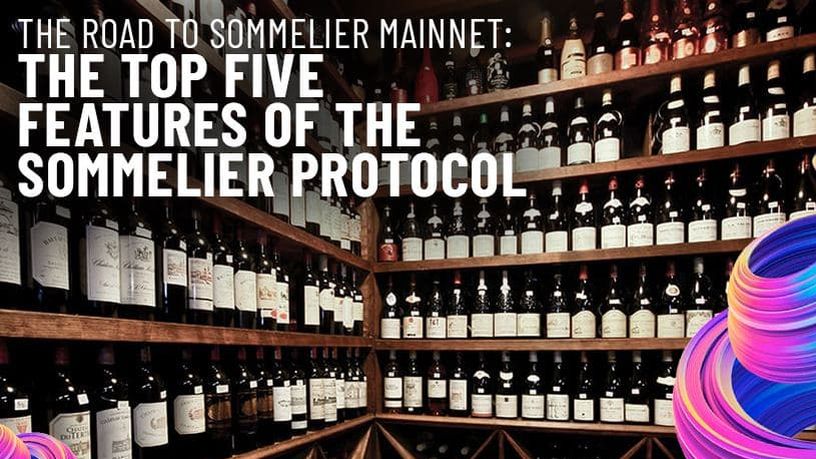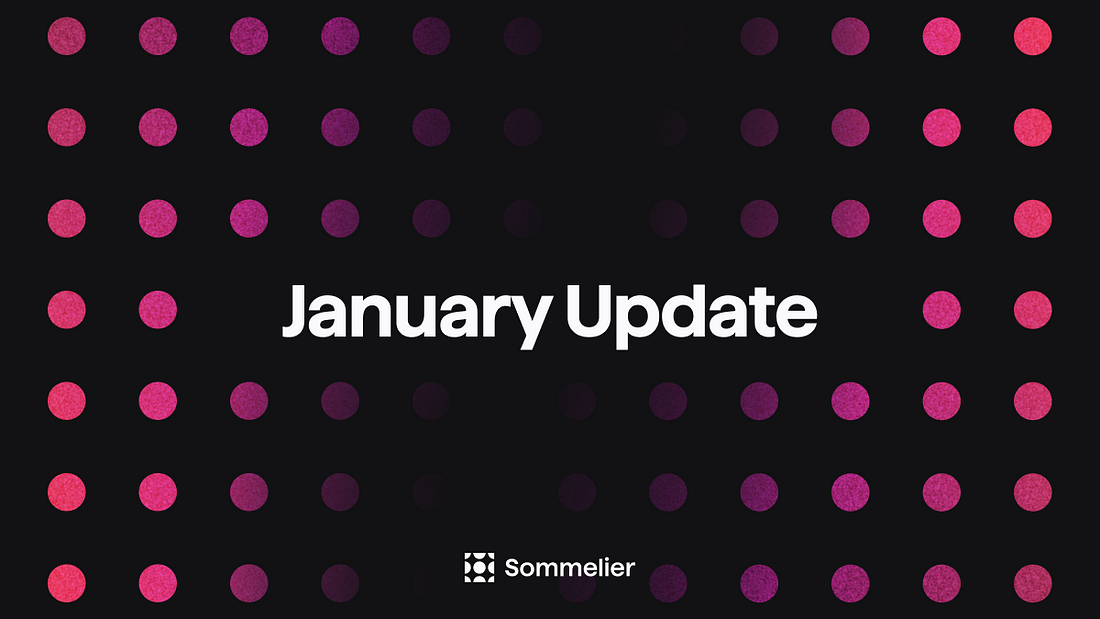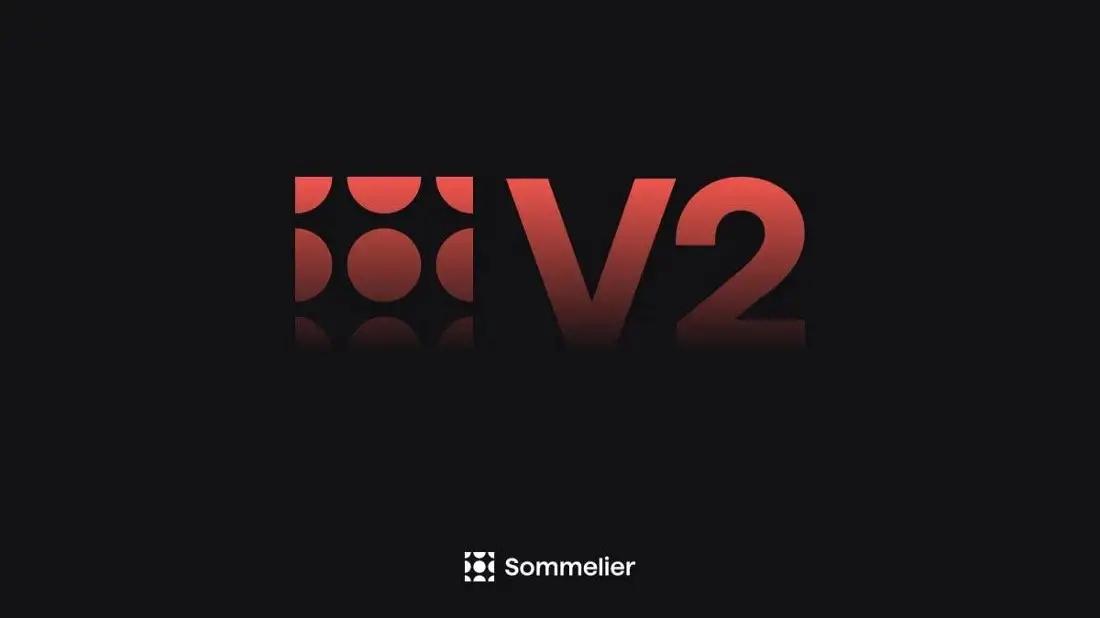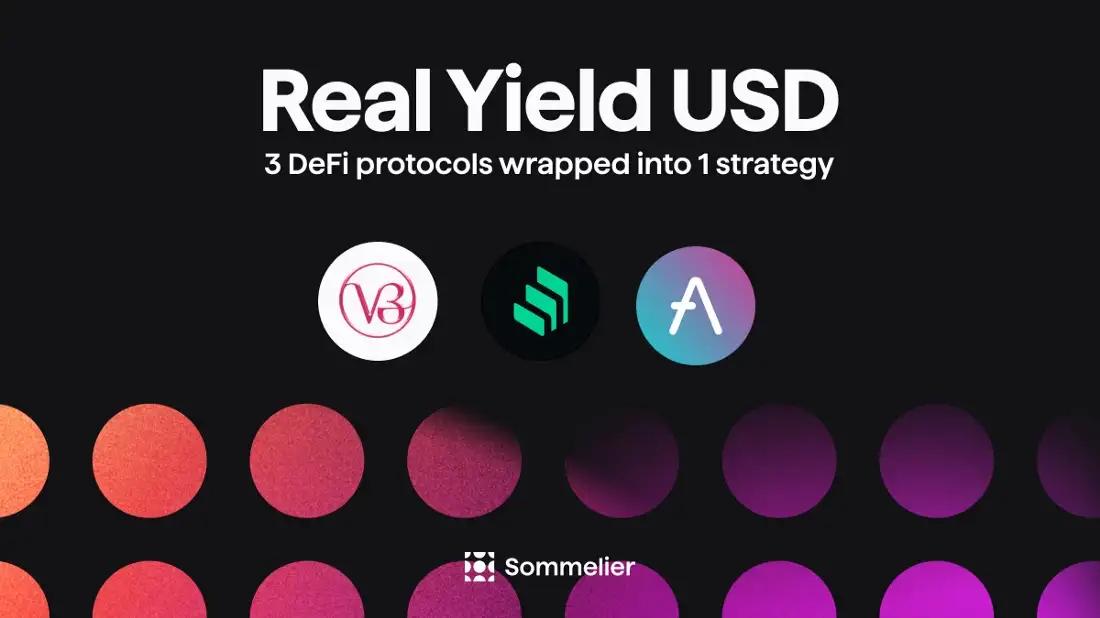The Top Five Features of the Sommelier Protocol
In the Sommelier community, we celebrate this past week’s tagged release of version 1.0.0 of the Sommelier blockchain protocol software. With this release, we want to share with the Sommelier community the five core features of the Sommelier protocol and highlight how valuable these features are to the coming launch of Sommelier Cellars. Take a look at our leading highlighted features below and then come join our community and share your thoughts about DeFi learn how you can take advantage of Sommelier protocol and Sommelier Cellars to enable the Ethereum VM Coprocessor that will make DeFi even more automated and powerful.

The Cosmos SDK & Tendermint consensus
The Cosmos SDK is a protocol designed and deployed as a Golang based, modular framework. It works to simplify the process of building secure blockchain applications. The Cosmos SDK is one of the few blockchain protocols built for application-chain specific blockchains, like Sommelier. Anyone can create a module for the Sommelier Protocol's Cosmos SDK. The Tendermint BFT consensus layer is another critical feature of Sommelier's blockchain protocol. The Tendermint BFT packages the networking and consensus layers of Sommelier's blockchain into a generic engine. This means that Sommelier blockchain protocol developers focus on application development as opposed to the complex underlying protocol features. Thus, Sommelier's speed to market is a benefit of building on the Cosmos SDK. Sommelier launches its mainnet with the v0.43.0 of the Cosmos SDK. You can read up on all the features on the v0.43.0 Cosmos SDK release in github.
The Gravity Bridge
Gravity, formerly known as Peggy, is an Ethereum-Cosmos bridge designed for the Cosmos Hub. Sommelier has extended an implementation of the Gravity bridge. Sommelier's Gravity is optimized to be as efficient as possible. For example, Sommelier's native token, the SOMM, will live on the Sommelier Cosmos protocol, but also be instantiated and managed as an ERC20 token in Ethereum by the Sommelier validators. The components of the Sommelier Gravity bridge implementation include the following:
- Solidity Contract: This is the Ethereum contract that controls the Gravity bridge
- Cosmos Module: This is the Cosmos module code validator syncing, transaction batching and bi-directional token issuance
- Orchestrator / Relayer: This relayer of the transaction batches that are created in the Cosmos Module.
Sommelier will continue to extend features of Gravity as it launches Cellars that are DeFi vaults managed by the Sommelier validator set. The current version of Sommlier Gravity is 0.1.23 and available on github at https://github.com/PeggyJV/gravity-bridge/releases/tag/v0.1.23.
Internet of Blockchains / IBC
According https://ibcprotocol.org/, IBC is the
"inter-blockchain communication protocol (IBC). It is an end-to-end, connection-oriented, stateful protocol. It was built to deliver reliable, ordered, and authenticated communications between heterogeneous blockchains, but has launched with a focus to deliver this in the Cosmos ecosystem of blockchains. The IBC protocol specifies a set of data structures, abstractions, and semantics that can be implemented by any distributed ledger provided they satisfy a small set of requirements."
In short, the IBC protocol enables token transfers between any other chains running the IBC module with the goal for a narrow set of requirements for successful operations. For Sommelier, this means that the Sommelier protocol will be able to communicate with other Cosmos SDK blockchains including the Cosmos Hub, the Osmosis Zone, Terra Networks, and many other IBC enabled chains that will launch. With IBC functional, Sommelier's network can take advantage of exchange and trading activities on other chains where liquidity may be winning yield. IBC allows Sommelier to deliver on its promise to enable liquidity access, wherever it may wish to go.
The Data Model and Liquidity Oracle Data Feeds
Sommelier’s Protocol Validators, the network of computers that validate all the transactions on the Sommelier blockchain also fulfill another function. These computers also vote on the data feeds that provide rebalance and reinvest data that validators will use to determine how they will execute the Ethereum smart contracts called Cellars. Anyone may provide a data feed to any Sommelier Cellar. Sommelier currently provides a liquidity oracle to Sommelier validators. This liquidity oracle delivers the rebalance and reinvest calls for any AMM on the Ethereum blockchain. Sommelier will publish a list of feeds for a number of Uniswap V3 pools based on machine learning analysis of performance of the top pools, but anyone may publish a data feed for any Sommelier cellar. Below, you can see the data analysis performance of a possible Sommelier cellar, the UNISWAPV3-TWO-DAY-USDC-ETH-03 cellar.
The Sommelier Allocation Module
The Allocation module enables the validator set to collaboratively and dynamically evolve data models and cellar strategies without sacrificing fault tolerance. Our MVP allocation module will look for 2/3rd of the validator set to vote together on each rebalance operation for the first vintage of cellars.
For example, let’s take the UNISWAPV3-TWO-DAY-USDC-ETH-03 cellar. This Cellar exists on the Uniswap v3 USDC/ETH 0.3% fee tier pool. This cellar rebalances itself every two days with one new tick range. The cellar predicts the rebalance range order based on machine learning analysis of the USDC-ETH-0.3% pool’s last 96 days, and growing, number of swaps. The result is an output of a constantly updating Bollinger Band range around the spot price.
Every day, for example, at midnight UTC, the data science provider publishes one new tick range to which the cellar will rebalance and manage reinvestment of all fees and appropriate reserves of capital. The Validators pick up the data feeds from their API endpoint with the data results in the validators orchestrator. Then there is a 5 block window where all the validators send their AllocationVote messages for the cellar_id of the UNISWAPV3-TWO-DAY-USDC-ETH-03 pair.
Once two 2/3rd+1 votes have been received. An outgoing rebalance transaction is generated and submitted to the Validator set for signing and broadcasting on Ethereum.
Join the Sommelier community
These features are the beginning of the Sommelier journey that takes off from the Sommelier Pairings application launched earlier this year. In collaboration with early validators, DeFi protocol cellar developers and data scientists, the Sommelier protocol will evolve into an indispensable utility for interfacing with DeFi. If you have any thoughts or questions, please join us on either our telegram community at: https://t.me/getsomm or our Discord channel at https://discord.gg/czysYtWyzY. We will respond quickly and engage. Cheers!
More articles
© 2025 Somm by Bajanss OÜ –Maakri 36-50, Tallinn, Estonia 10145




